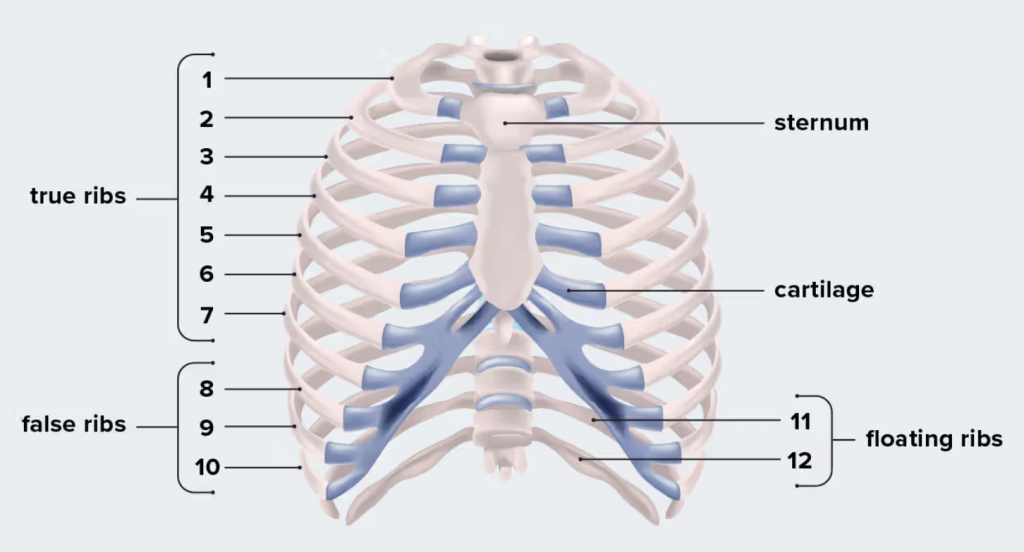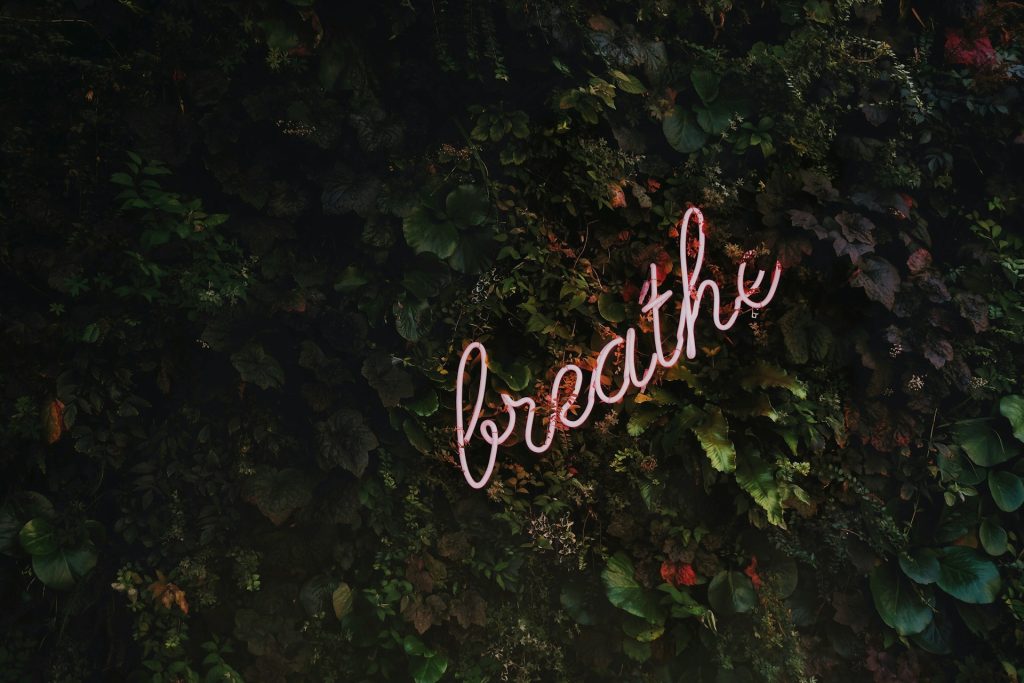The Crash That Changed My Season
It was supposed to be a fun company bonding event. We all showed up to the go-kart track with excitement buzzing in the air. I had never driven one before, so I wasn’t there to race, just to try something new. But sometimes life surprises us in the harshest ways.
On my second round, I misjudged a turn and slammed straight into the fence. The impact threw my chest forward into the steering wheel. For a moment, I was too shocked to feel anything. My helmet flew off, my shoulder ached, and my chest felt tight. I brushed it off at first, but little did I know this crash would put my body on pause for two months.
When Pain Became Impossible to Ignore
At first, I thought it was just soreness. Athletes are used to discomfort – we push through tough training sessions all the time. But within a couple of days, the pain in my chest sharpened. Breathing deeply, laughing, or even turning in bed became unbearable.
That’s when I knew it wasn’t just a bruise.
I went through a series of scans – an X-ray, a CT scan, and even an ultrasound – just to understand the extent of the damage. The results came back: I had a fracture in the front ribs (3rd–4th area). Luckily, it wasn’t a complete break and there was no lung damage. But still, the prescription was clear: no intense physical training for at least two months.

The First Wave: Frustration and Upset
Hearing “you can’t train” felt like a punch to the gut. Training isn’t just about fitness for me – it’s my routine, my stress relief, my way of feeling alive. Suddenly, all of that was taken away. I was upset, restless, and honestly a little angry. Why now? Why like this?
But healing doesn’t wait for anyone’s plans. My body needed rest, and I had to learn to accept it.
Gratitude in the Middle of Pain
Something shifted when I stopped focusing on what I lost and started noticing what I had.
I was surrounded by care and kindness. My doctor friends Khoa and Chanh patiently explained every step of the treatment, answered my endless questions, and reassured me that I’d recover fully if I respected the healing process. The staff at international clinics showed so much professionalism and warmth. Even small gestures from friends checking in reminded me that I wasn’t facing this alone.
That’s when I realized: maybe this injury wasn’t just about stopping. Maybe it was about slowing down to see the support, love, and resilience that I usually overlook when I’m busy chasing goals.
What Recovery Looks Like Now
Right now, my life is less about finish lines and more about patience. I still feel pain when I move wrong, but I’m listening to my body more than ever. I’ve swapped training hours for journaling, reading, and simply allowing myself to rest.
The timeline isn’t glamorous – 4 to 6 weeks until things feel much better, and about 2 months before I can train again. The pain may linger quietly for longer. But that’s okay. Healing has its own rhythm.
A Lesson I Didn’t Expect
This injury taught me something I wouldn’t have learned otherwise:
-
The body is fragile, but also incredibly capable of healing.
-
Support systems matter. We often take for granted the people who show up for us in hard times.
-
Gratitude shifts everything. When I started focusing on the help I was receiving instead of the pain, my mindset softened.
I may have lost two months of training, but I gained a new perspective on resilience, patience, and appreciation.
Carrying Gratitude Forward
The road to recovery isn’t easy, but I know I’ll come back stronger – not just physically, but mentally too. And when I do, I’ll carry with me the reminder that setbacks are also opportunities to pause, reflect, and grow.

